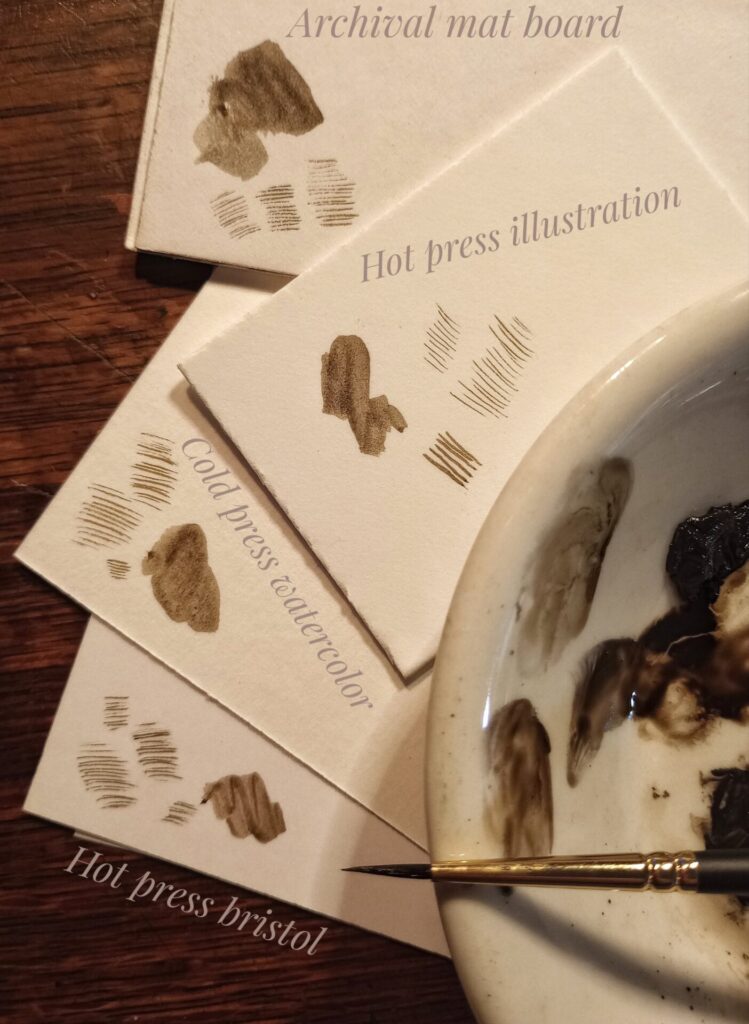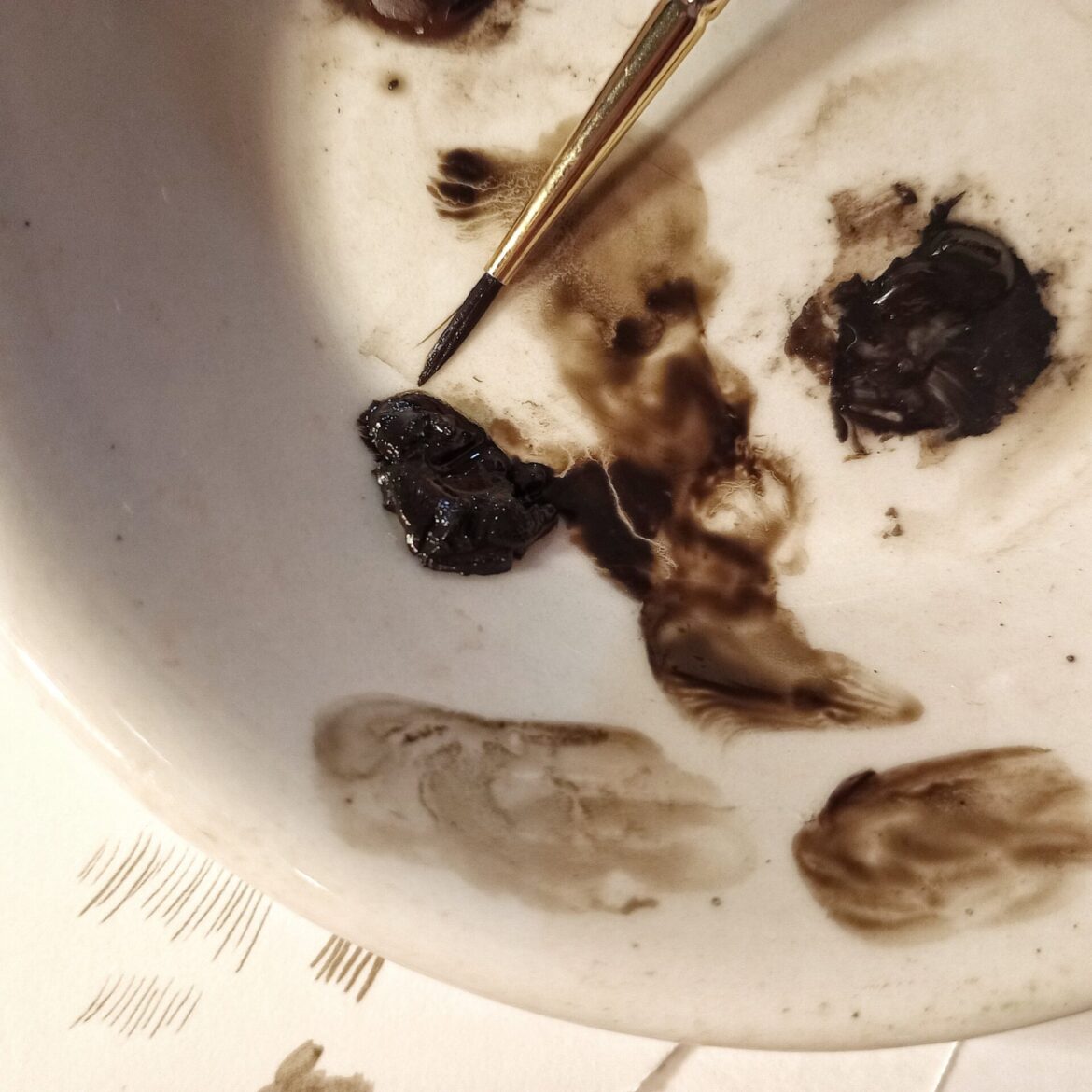When it comes to watercolor painting in fine detail, the surface you paint on is crucial for achieving the best results. I recently had someone ask me what type of surface I use for my watercolor paintings, so I thought I’d share some tips on choosing the ideal painting ground.
The most important factor to consider is texture. Watercolor of this nature relies on very fine, delicate brushwork to build up layers of color and dimension. You need an extremely smooth surface that won’t interfere with the details. That’s why I prefer hot press illustration board or watercolor paper for my paintings. These surfaces provide just enough tooth to allow the paint to grip slightly, without disrupting the fine lines.
Hot press watercolor paper is available in various weights and sizes. I recommend something of heavier weight to prevent warping if you are using fluid paint in a particular piece. Hot press illustration board is also a great choice – it’s perfectly smooth and rigid. You could use plate bristol or even mat board in a pinch for practice pieces or studies.
Avoid rough watercolor paper (and the more textured cold press varieties), as it has more texture that can make it difficult to paint fine details. Rough watercolor paper is better suited for bolder, less intricate work. Stay away from surfaces with pronounced textures like canvas. The little bumps and grooves will make it a challenge to paint smoothly with fine detail.
With the right painting surface – one that’s rigid enough for your technique and smooth enough for your strokes – you’ll be able to create stunning watercolor works filled with intricate details and luminous washes of color. Let the texture and tooth of the paper enhance your work without hindering it. Experiment with different surfaces until you find your ideal painting ground.

